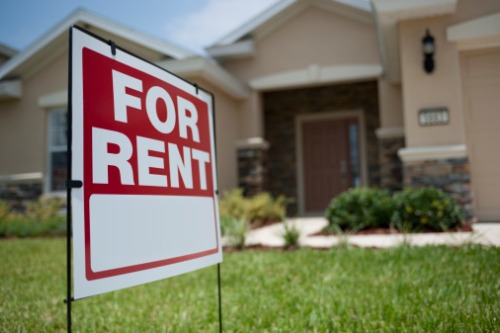But CoreLogic reports that the metros with the tightest vacancies have seen rents rise by more than double the national average

Renting a single family home was 3% more expensive in September compared with a year earlier.
But in some metros, renters have seen their monthly payments soar by almost 7% as tight inventory forces rents higher.
The CoreLogic Single-Family Rent Index (SFRI) shows that rents for low-end rentals - those properties with rent prices less than 75% of the regional median – continue to escalate faster (3.8% year-over-year) than those at the top end - properties with rent prices greater than 125% of a region’s median rent – where rents rose 2.9%.
“Low rental supply coupled with ongoing demand pushed up rents in September,” said Molly Boesel, principal economist at CoreLogic. “Vacancy rates have fallen moderately on the national level over the last quarter – with a 0.3% decrease in the third quarter of 2019 compared to a year earlier – and more significantly in select metro areas.”
Highest, lowest rent increases
The steepest rise among the 20 metros analyzed was in Phoenix, AZ, where rents gained 6.7% year-over-year. This market has led the annual rent gains for 10 consecutive months.
Las Vegas also continued to see fast-rising rents at 5.8% year-over-year but Seattle replaced Tucson, AZ, in third place with a 5.5% annual gain.
Renters in Miami saw the smallest annual rise in their rent at just 1%.



